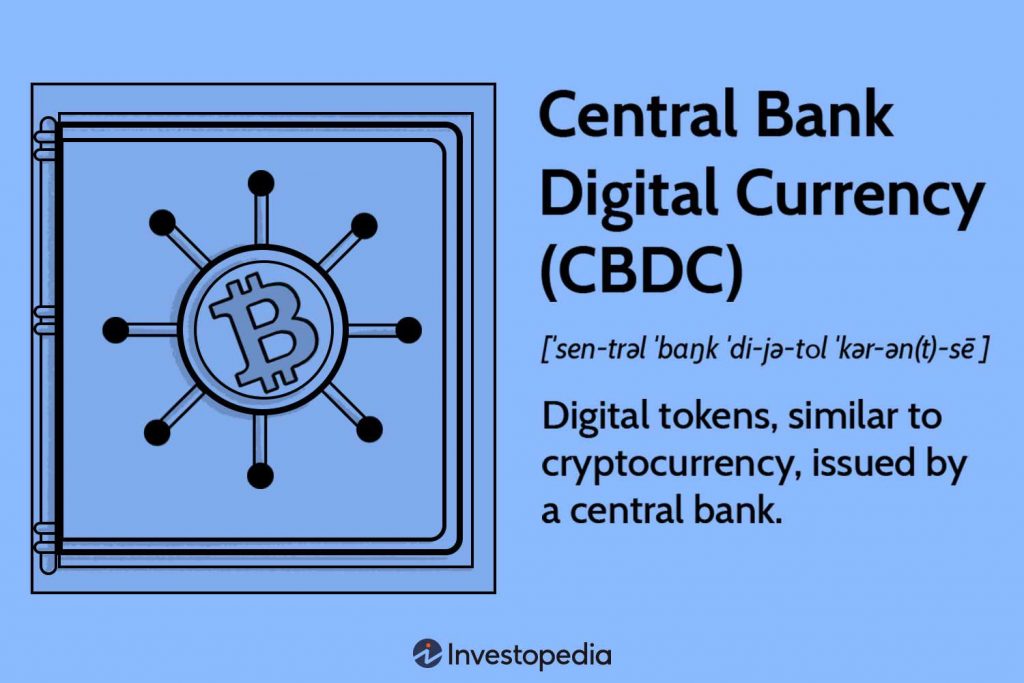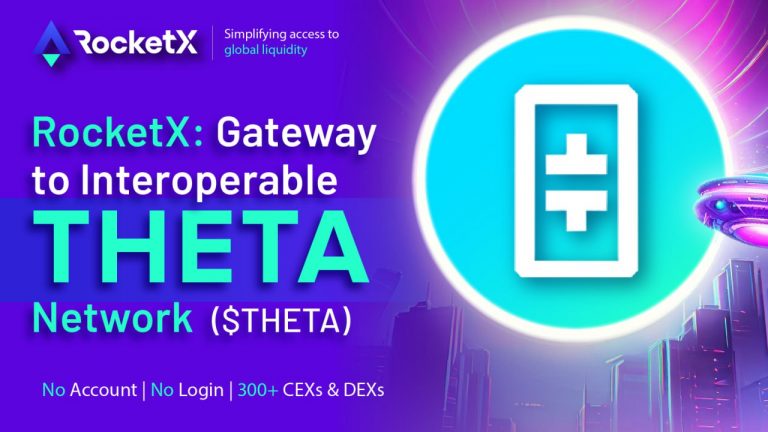
Central Bank Digital Currencies (CBDCs) A New Era of Money
Central Bank Digital Currencies (CBDCs) are digital representations of a country’s fiat currency issued by a central bank. They are designed to coexist with physical cash and offer a more efficient and convenient way for people to transact.
The Rise of CBDCs
The concept of CBDCs has gained significant traction in recent years, with many central banks around the world exploring their development and implementation. The growing popularity of digital payments, coupled with the technological advancements in blockchain and distributed ledger technology, has made CBDCs a viable option for many countries.
How CBDCs Work
CBDCs are typically issued and controlled by a central bank, similar to traditional fiat currency. They can be stored on digital wallets and used for various transactions, such as buying goods and services, paying bills, and transferring money. CBDCs can be either wholesale or retail, depending on their target audience. Wholesale CBDCs are primarily intended for use by financial institutions, while retail CBDCs are designed for use by the general public.
The Benefits of CBDCs
CBDCs offer several potential benefits, including:
- Increased Financial Inclusion: CBDCs can help to bring more people into the formal financial system, especially in underserved areas.
- Improved Efficiency: Digital payments are faster and more efficient than traditional cash-based transactions.
- Reduced Costs: CBDCs can reduce the costs associated with printing and distributing physical currency.
- Enhanced Monetary Policy: CBDCs can provide central banks with new tools for implementing monetary policy.
- Innovation: CBDCs can foster innovation in the payments industry, leading to new products and services.
The Challenges of CBDCs
Despite their potential benefits, CBDCs also face several challenges:
- Privacy Concerns: The use of digital currencies raises concerns about privacy and surveillance. Central banks will need to implement strong privacy protections to ensure that user data is protected.
- Technical Challenges: Developing and implementing a large-scale CBDC system is a complex technical undertaking. Central banks will need to overcome various technical challenges to ensure the success of their CBDCs.
- Interoperability: CBDCs will need to be interoperable with each other to facilitate cross-border payments. This will require international cooperation and standardization.
- Acceptance: CBDCs will need to be widely accepted by businesses and consumers in order to be successful. This will require a concerted effort to educate the public about the benefits of CBDCs and to encourage their adoption.
The Future of CBDCs
The future of CBDCs is uncertain, but their development is a significant milestone in the evolution of digital currencies. Many central banks around the world are actively exploring the potential of CBDCs, and it is likely that we will see more CBDCs being introduced in the coming years.
The success of CBDCs will depend on their ability to address the challenges they face and to deliver on their promise of increased financial inclusion, efficiency, and innovation. As the world becomes increasingly digital, CBDCs may play a crucial role in shaping the future of money and finance.
In conclusion, CBDCs represent a new frontier in the world of finance. While they offer significant potential benefits, they also face challenges that must be addressed. As central banks continue to explore the development and implementation of CBDCs, it will be interesting to see how these digital currencies shape the future of money and the global economy.



